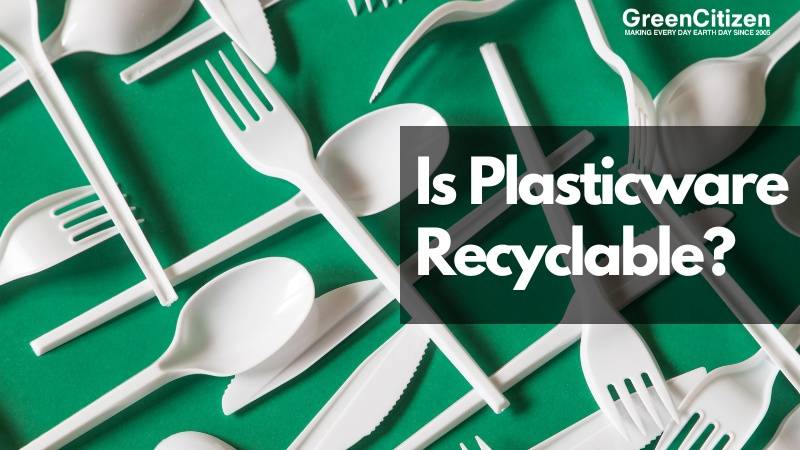Ever grabbed a plastic fork or plate at a party without a second thought? We all have.
Plasticware, like forks, spoons, and cups, is the ultimate in convenience—perfect for our busy lives. It’s cheap and easy to use, and let’s be honest—who doesn’t love skipping the dishwashing?
But here’s the kicker: that convenience has a hefty environmental price tag. Brace yourself—about 91% of the world’s plastic never sees the inside of a recycling bin, and yet, plasticware is a big part of that mess.
Now, you might be thinking, “So, is plasticware recyclable or not?” Good news: it can be! Most plasticware is made from polystyrene (#6 plastic), which is totally recyclable. Try contacting your local recycling programs and enquire whether they will accept plastic cutlery.
In this blog, we’ll discuss how plasticware recycling works and what you can do to ensure that plastic forks and knives don’t become litter.
Does the Curbside Recycling Program Accept Plastic Cutlery?
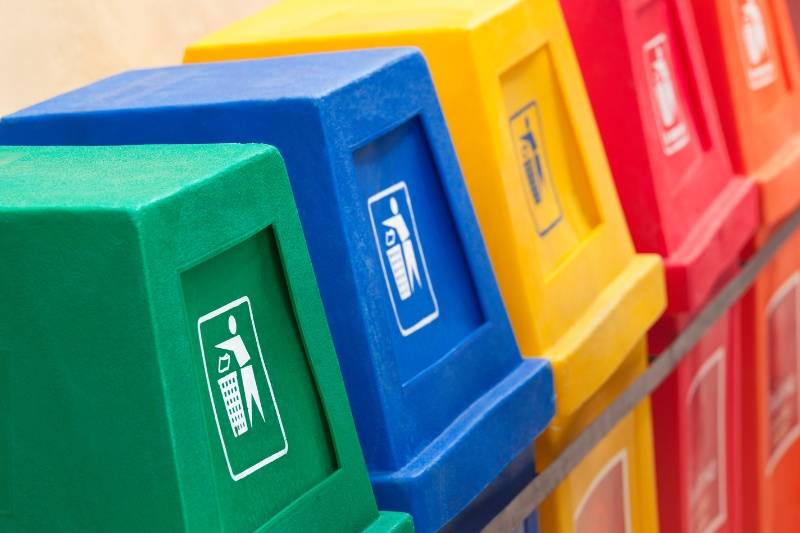
Curbside recycling programs typically do not accept plastic cutlery. This is primarily because plastic cutlery, often made from polystyrene (#6 plastic), is difficult to sort and recycle at recycling facilities.
Recycling plasticware isn’t as straightforward as it might seem.
One major hurdle is contamination. Plastic utensils, plates, and cups often come into contact with food, making them tricky to recycle. The leftover food can interfere with the recycling process, leading to lower-quality recycled materials or damaging the recycling facilities’ equipment.
Size and shape also play a role. Small items like forks, knives, and spoons are difficult for recycling machines to handle. They can slip through sorting machinery or get tangled, which is why many facilities choose not to accept them.
The type of plastic matters, too.
While some plasticware is made from recyclable polystyrene (#6 plastic), the reality is that recycling this material isn’t always economically viable. The costs of collecting, sorting, and processing often outweigh the benefits, leading to much of this plasticware ending up in landfills.
Sure, plastic cutlery can be recycled, but the reality is that most curbside programs aren’t set up for it. So, what’s the fix? Many communities suggest just tossing them in the trash or, if you’re feeling extra green, tracking down a specialized recycling program that does accept these pesky utensils.
What Happens to Plasticware That Isn't Recyclable?

When plasticware cannot be recycled, its journey typically ends in a landfill or an incinerator, which has serious environmental consequences.
Out of the 8.3 billion metric tons of plastic we’ve produced, a staggering 6.3 billion metric tons has already turned into waste. But here’s the kicker: only nine percent of that waste has been recycled.
The rest?
A whopping 79 percent is piling up in landfills or, even worse, littering our natural environment. Eventually, a lot of it makes its way to the oceans—nature’s unfortunate dumping ground.
If we don’t change our ways, by 2050, we’re looking at a mind-boggling 12 billion metric tons of plastic in landfills. To put that in perspective, that’s like stacking the Empire State Building 35,000 times!
Incineration is another common fate for non-recyclable plasticware.
While this method reduces the volume of waste, it comes with its own set of problems. Incinerating plastic releases toxic chemicals, including dioxins and furans, into the atmosphere, contributing to air pollution and posing health risks to nearby communities. Moreover, the process generates significant greenhouse gas emissions, adding to the climate crisis.
Even more concerning is the potential for non-recyclable plasticware to contribute to microplastic pollution.
As larger pieces of plasticware break down over time, they fragment into tiny particles known as microplastics. These microplastics are nearly impossible to clean up and can make their way into oceans, rivers, and even the food chain, posing a threat to wildlife and human health.
Can You Reuse Plastic Utensils?
Reusing plastic utensils is an option, but whether it’s safe depends on a few important factors.
Plastic utensils, especially those meant for single use, aren’t really built to last. Sure, you can wash them and use them a few more times, but don’t expect them to hold up like your regular cutlery. Over time, they might crack, warp, or even break, making them less reliable.
The safety of reusing plastic utensils mainly comes down to the type of plastic they’re made from.
Some plastics can release harmful chemicals, like BPA or phthalates, especially when they’re exposed to heat or acidic foods. Washing them repeatedly, particularly in hot water, can speed up this process. If you notice any cracks or discoloration, it’s a sign that these chemicals might be leaching into your food.
There are also situations where it’s best to avoid reusing plastic utensils altogether.
They could start breaking down and releasing chemicals if exposed to high temperatures—like in the dishwasher or when stirring hot food. Visible damage, like cracks or rough edges, is another red flag that it’s time to toss them.
And if you don’t know what kind of plastic they’re made from, it’s safer not to reuse them at all.
How to Stop Using Plasticware: 10 Practical Tips
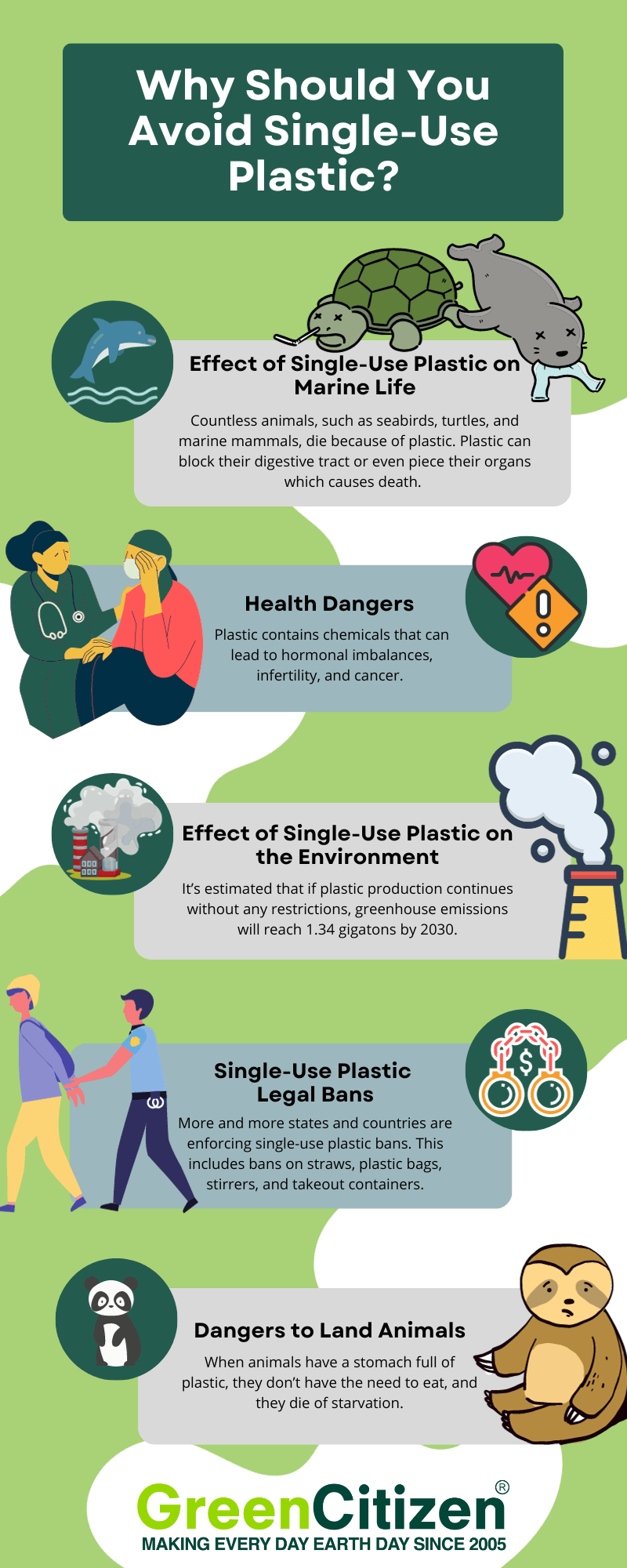
Reducing your reliance on plastic tableware is a significant step toward a more sustainable lifestyle.
Here are ten practical tips to help you say goodbye to plastic utensils, plates, and more:
1. Upgrade to Reusable Utensils
Start by investing in a set of reusable utensils. Stainless steel, bamboo, or other sustainable materials make excellent choices. Keep your own non-disposable cutlery at home, in the office, and on the go. Not only are they more durable than plastic forks, knives, and spoons, but they’re also much more comfortable to use.
2. Switch Out Plastic Plates and Bowls
Ditch the plastic plates and bowls in favor of ceramic, glass, or stainless steel alternatives. These options are not just more eco-friendly; they’re also dishwasher-safe and built to last. For outdoor events, melamine or enamelware are sturdy and easy to transport, making them perfect for replacing disposable plastic tableware altogether.
3. Bring Your Own Cups and Straws
Single-use plastic cups and straws contribute heavily to plastic waste. Opt for reusable cups made of metal, silicone, or bamboo, and carry a stainless steel or glass straw. Many cafes offer discounts when you bring your own cup, making it a win-win for both you and the environment.
4. Swap Paper Napkins for Cloth
Replace disposable paper napkins with reusable cloth ones. Not only do they add a touch of class to your meal, but they’re also easy to wash and maintain. Pair them with your non-disposable cutlery for a complete eco-friendly dining experience.
5. Choose Compostable or Biodegradable Options
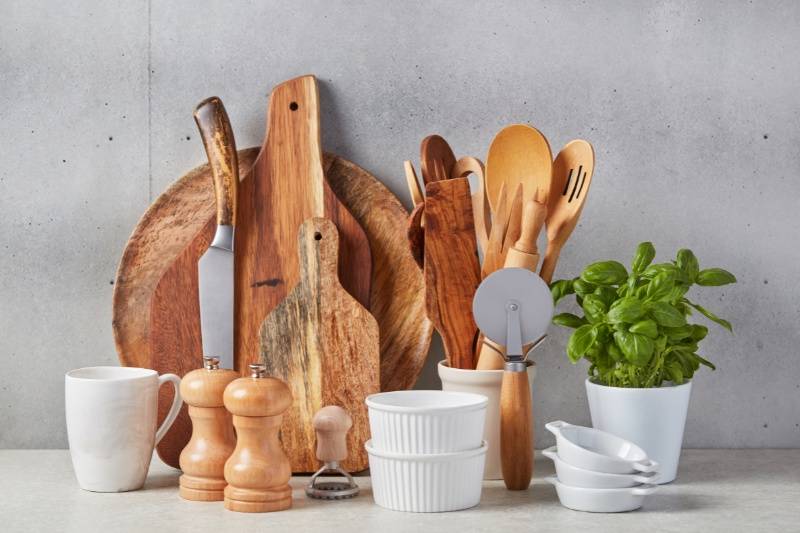
If you absolutely need disposable items, go for compostable or biodegradable utensils, plates, and cups made from materials like cornstarch, bamboo, or sugarcane. These break down faster than traditional plastic stuff, reducing their environmental impact.
6. Pack a Zero-Waste Kit
A zero-waste kit is your secret weapon against plastic. Include reusable utensils, straws, napkins, and food containers. Keep one in your car, backpack, or office so you’re always prepared, even when lunch includes recyclable options or catered meals.
7. Host Plastic-Free Gatherings
For your next party or event, skip the plastic silverware and opt for reusable tableware. Worried about the clean-up? Ask friends to help or use compostable items instead. You can even rent non-disposable cutlery and plates from party rental services.
8. Educate Your Family and Friends
Encourage others to reduce their plastic usage by gifting them their own non-disposable cutlery or zero-waste kits. Share the importance of avoiding plastic utensils, cups, and plates. Leading by example can inspire your family and friends to make more sustainable choices, reducing the family’s plastic cutlery waste.
9. Support Eco-Friendly Businesses
Choose to support restaurants and cafes that prioritize sustainability by using reusable or compostable plastic tableware alternatives. Your patronage helps promote these practices, which can encourage more businesses to make the switch.
10. Advocate for Policy Changes
Get involved in efforts to reduce plastic waste in your community. Support local and national initiatives that aim to limit single-use plastics like plastic forks, knives, and straws. Every action, from pushing for better curbside recycling programs to advocating for bans on plastic bags and soda bottles, contributes to a larger movement toward a plastic-free future.
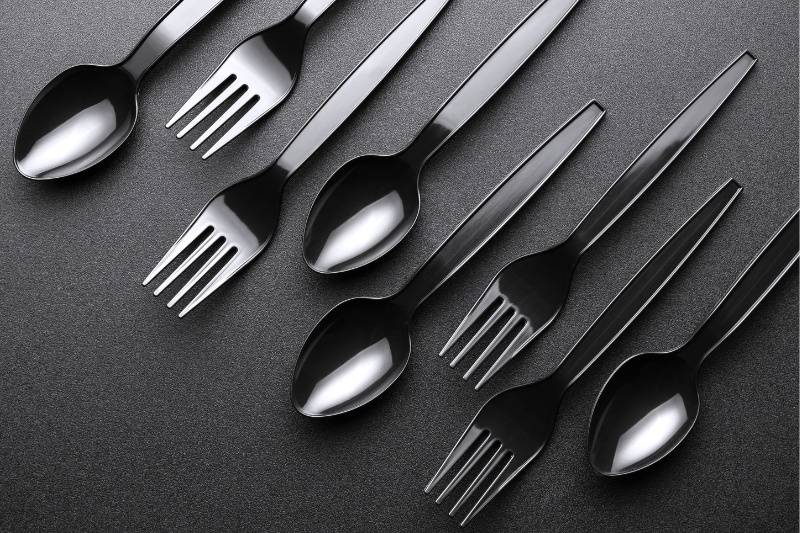
Frequently Asked Questions (FAQ)
Most single-use plastic utensils are not recyclable through standard curbside recycling programs due to their small size and the type of plastic used. Check with your local recycling facility, but generally, these items end up in landfills unless they are made from recyclable plastic, which is rare.
Instead of throwing away unused plastic utensils, consider donating them to local shelters, schools, or community centers. You can also save them for future events or repurpose them for craft projects. If you must dispose of them, check if there’s a local facility that accepts them.
Plastic plates are generally not recyclable, especially if they are made from polystyrene (plastic #6) or if they have food residue on them. Clean, rigid plastic plates might be recyclable in some areas, but always check with your local recycling guidelines.
Most plastic spoons, like other plastic utensils, are not accepted in standard curbside recycling because they are too small and often made from non-recyclable plastics. Some specialized recycling programs may accept them, so it’s best to verify with local facilities.
Metal silverware can be recycled, but it typically needs to be taken to a scrap metal recycling facility. It’s not accepted in curbside recycling bins because it can damage sorting machinery. Recycle it with other metal items like old pots or pans.
